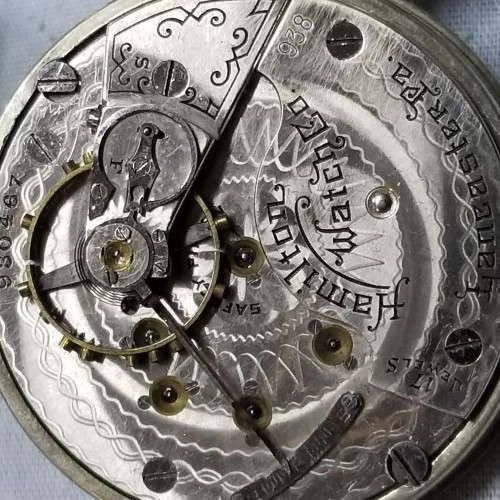
30 caliber machine guns, began flying in Vietnam. In October, the first armed Hueys, equipped with 2.75-inch rockets and. These Hueys supported the South Vietnamese Army, but American crews flew them. The first Hueys to operate in Vietnam were medevac HU-1As that arrived in April 1962, before the United States became officially involved in the conflict. The results led the Army to fundamentally change the way it rode into battle and the service introduced a new type of warfare several years later on the other side of the world - Vietnam. Based on his recommendations, the Army created the 11th Air Assault Division to test Howze's theories. He argued that the Army's two airborne divisions - the 82nd and the 101st - needed this capability because both units were designed to move quickly to counter battlefield threats. During these trials, Howze used Hueys to demonstrate the ease of moving a company of infantry (about 100 soldiers) across a river or over rough terrain. In 1962 General Howze was put in charge of a board formed to consider and test new tactical theories. United States Marines of the Marine Helicopter Squadron HMX-1 first conceived of and tested the concept of moving troops with helicopters in 1948 along the coast of North Carolina. The general was promoting the idea of moving Army infantry around the battlefield using helicopters rather than trucks.

In 1960 representatives from Bell Helicopter met with U. In 1962 the Army aircraft designation system changed and the HU-1 became the UH-1, but the Huey nickname remained. The new aircraft was designated HU-1A (hence the nickname 'Huey') and officially christened the Iroquois, in keeping with the Army tradition of naming helicopters after American Indian tribes.
#HAMILTON POCKET WATCH IDENTIFICATION PLUS#
Tests on these helicopters (Bell Model 204) were successful and Bell and the Army signed a contract to build 200 production medevac versions plus 100 outfitted as instrument trainers to teach pilots to fly at night and in bad weather.įlight tests revealed no significant problems with the prototypes and production began in September 1958 when the first of 182 Model 204s rolled off the assembly line.

It performed so well that Bell earned a contract to produce three more prototypes in February 1955. The Army designated this prototype the XH-40 and the first one flew on October 22, 1956. They joined with Lycoming to develop the XT-53 to Bell Helicopter specifications, and this new engine eventually powered the prototype Huey. Lycoming had not designed this engine for a specific application but Bell engineers saw great potential in this power plant. At about the same time, the Lycoming Company was developing the XT-53 engine with Army backing. Testing the H-13D gave Bell the confidence to incorporate a turbine engine in the Army's new transport helicopter design. Compared to the reciprocating piston engine, the turbine was lighter, smoother, easier to maintain, and much more reliable. The turbine engine represented a revolutionary step in the development of helicopters, and the Army saw it as a critical component in the new medevac helicopter design. Bell called this modified H-13D test aircraft the Bell Model 201 but the Army gave it the designation XH-13F. Bell was already flying an H-13D equipped with a French-designed, American-made, Continental XT-51 gas turbine engine.

The Army held the company in high regard, based on the excellent service rendered by the piston engine-powered Bell 47 during the Korean War. The helicopter could climb to a service ceiling of 1,824 m (6,000 ft).īell Helicopter Corporation enjoyed several advantages in competing for this contract. It could carry a payload of 360 kg (800 lb) a distance of at least 365 km (227 miles) and cruise at 184 kph (114 mph). The Army specifications described an aircraft that weighed 3,600 kg (8,000 lb), fully loaded. Army launched a design competition for a new medical evacuation (medevac) helicopter.

The concept for this aircraft sprang from the cold, muddy battlefields of the Korean War, where the original MASH (Mobile Army Surgical Hospital) helicopter, the Bell 47, recovered thousands of wounded soldiers and delivered them straight to critical care units. They usually heard the unmistakable whop-whop-whop of the main rotor blade long before they saw a Huey. People knew it not just on sight but by sound, too. For a time, the Huey was one of the most recognizable aircraft in history. Army as a derivative of the original designation HU-1A - Helicopter, Utility, Model 1A. military operated them and they ranged to every corner of South Vietnam and into Cambodia and Laos. What the jeep was to Americans during World War II, so was the Huey to those who fought in Vietnam.


 0 kommentar(er)
0 kommentar(er)
